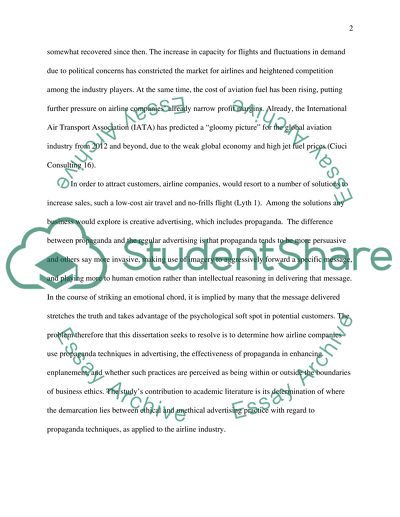Cite this document
(“How airlines company use Propaganda technique in Advertising Research Paper”, n.d.)
How airlines company use Propaganda technique in Advertising Research Paper. Retrieved from https://studentshare.org/marketing/1487702-how-airlines-company-use-propaganda-technique-in
How airlines company use Propaganda technique in Advertising Research Paper. Retrieved from https://studentshare.org/marketing/1487702-how-airlines-company-use-propaganda-technique-in
(How Airlines Company Use Propaganda Technique in Advertising Research Paper)
How Airlines Company Use Propaganda Technique in Advertising Research Paper. https://studentshare.org/marketing/1487702-how-airlines-company-use-propaganda-technique-in.
How Airlines Company Use Propaganda Technique in Advertising Research Paper. https://studentshare.org/marketing/1487702-how-airlines-company-use-propaganda-technique-in.
“How Airlines Company Use Propaganda Technique in Advertising Research Paper”, n.d. https://studentshare.org/marketing/1487702-how-airlines-company-use-propaganda-technique-in.


